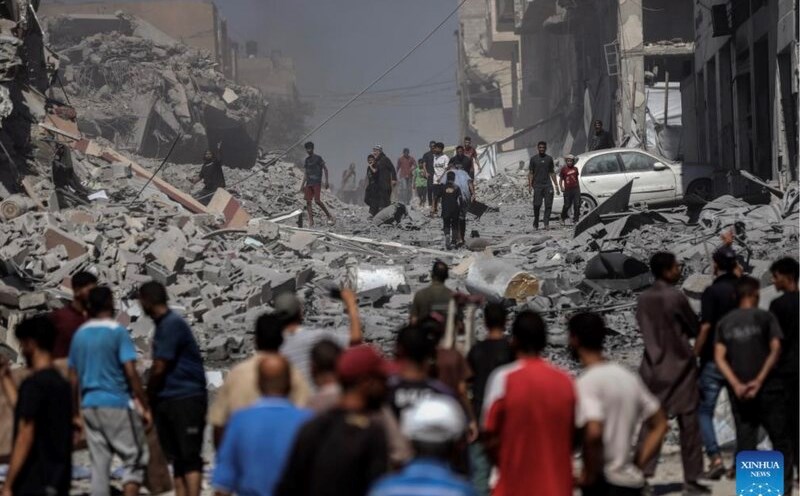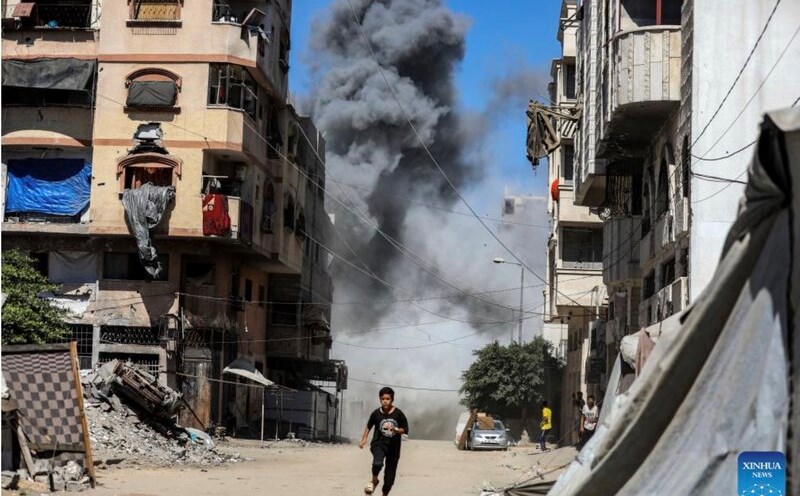On September 17, the Israeli military announced the opening of another route for people in Gaza City to leave within 48 hours, in order to promote the evacuation of civilians before the war with Hamas continues to escalate. Hundreds of thousands of people remain in the city. Many people are afraid of food shortages in the south and the risk of never returning to their old homes.
At least 63 people have been killed in airstrikes and fighting in the Gaza Strip, mostly in Gaza City, according to local health officials. The number of casualties since the beginning of the war in the past 2 years has exceeded 65,000, many of which have not been found under the rubble.
One of the 13 people killed while complying with the evacuation order was television journalist Mohammad Alaa Al-Sawalhi. Five others were killed near a aid point in Rafah as the Israeli army opened fire. Israel said its forces were only firing warnings to eliminate the immediate threat.
Meanwhile, the Hamas-run Ministry of Health accused an Israeli drone of dropping a bomb on Rantissi Children's Hospital. There were no casualties but many families panicked and took their children away from the only medical facility for children with cancer and kidney failure.
Israel estimates that about 400,000 people have left Gaza since August, but there are still about 100,000 people staying. An Israeli official admitted that the operation could last for months and would only be suspended if a ceasefire agreement was reached with Hamas. However, this prospect became distant after Israel airstrikes Hamas' political leadership in Doha, making Qatar angry.
International organizations and the United Nations strongly condemned the attack as well as large-scale relocation plans. A UN investigation committee concluded that Israel had committed a crimes of gender reassignment in Gaza, a claim denied by Tel Aviv. However, Israeli tanks continued to approach central and coastal areas, leaving many ancient settlements heavily devastated.











